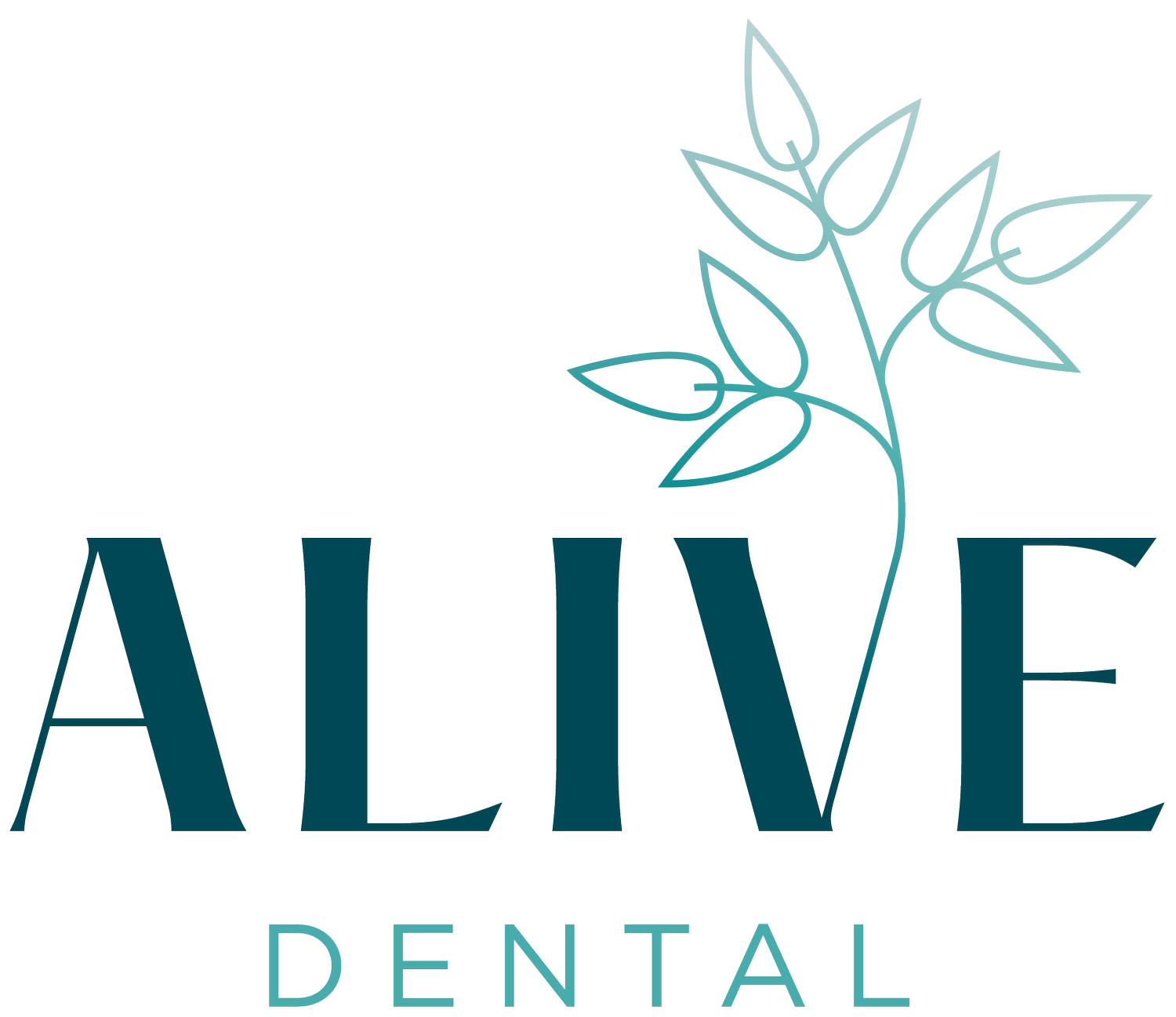After Tooth Extraction: What to Expect and How to Manage Pain
If you're getting a tooth extraction, it's understandable to feel a little anxious about what to expect during recovery. Fortunately, with a biologic tooth extraction technique, your healing process can be smooth and comfortable.
Conventional tooth extraction is a more traditional method of removing a tooth, which focuses solely on removing the tooth without any concern for preserving the socket bone or removing infected tissue. In contrast, biologic tooth extraction is a technique that involves removing the tooth gently and with a focus on preserving as much of the socket bone as possible. The goal of biologic extraction is to minimize trauma to the surrounding tissue and promote healing by using advanced techniques such as laser, ozone water, and ozone gas to disinfect and stimulate the healing process. The use of platelet-rich fibrin and bone graft material helps to promote tissue regeneration and reduce pain and swelling, resulting in a faster and more comfortable recovery period for the patient.
Here's a guide on what to expect after your tooth extraction, how to care for the site, and options for pain management.
Bleeding:
Some bleeding is expected after surgery, and blood-tinted saliva may be visible for about 48 hours. If bleeding appears very dark red even after using pressure for 60 minutes, please contact your dentist. If bleeding occurs, fold gauze into four, wet it with water, and place it directly over the bleeding socket for 60 minutes with moderate biting pressure. If you run out of gauze, you may use a regular wet tea bag, as tea contains a chemical that helps to control bleeding.
Swelling:
Swelling is expected, and the amount may vary with the difficulty of the surgery and the individual. To minimize immediate swelling, apply an ice pack as much as possible while awake during the first 48 hours after surgery. The ice pack (or pack of frozen vegetables) should be applied for 20 minutes "on" and 20 minutes "off." You may also suck on ice chips or crushed ice. This thins saliva, keeps the surgery site cold, and reduces swelling.
Sutures and Membrane:
Sutures and membranes may have been placed during your surgery. You may be asked to return in about two weeks for suture and membrane removal.
Rinsing and Brushing:
During the first 24 hours, do not vigorously rinse your mouth, and avoid brushing around the surgical site. After 24 hours, gently rinse your mouth with warm salt water (1/2 teaspoon of salt to 8 oz. water) or StellaLife Rinse. Do not use other rinses, as they may break down the blood clot and cause bleeding. Resume brushing all areas with a soft toothbrush.
Other Instructions:
Rest is critical for healing, so rest as much as possible and avoid excessive physical activity for 24-48 hours. Resting in a semi-reclining position with the head elevated is recommended for the first few hours. Do not use a straw or spit, as this may dislodge the blood clot and cause bleeding. Also, avoid smoking or drinking alcohol for at least 48 hours following surgery, as this will cause increased bleeding and may cause complications with healing.
Diet:
Liquids and soft foods are recommended for 24 hours. This includes plenty of water, juices, smoothies, yogurt, pudding, and soup. Cool foods are preferred over hot foods, as heat promotes bleeding. Following the day of the surgery, it is suggested that you eat soft foods that require little chewing (i.e. oatmeal, scrambled eggs, noodles, soup, etc.). You may return to your normal diet as soon as tolerable.
Medications:
Be sure to take prescribed antibiotics as directed and until complete to help prevent infection. Discontinue antibiotic use if you develop a rash or other unfavorable reaction and notify your dentist. Please be sure to take probiotics such as ________ to support the gut microbiome during and following antibiotic use
Your dentist will make a recommendation on the best pain medication for you. Options include ibuprofen, acetaminophen, curcumin, arnica, StellaLife, red light therapy, and laser therapy.


